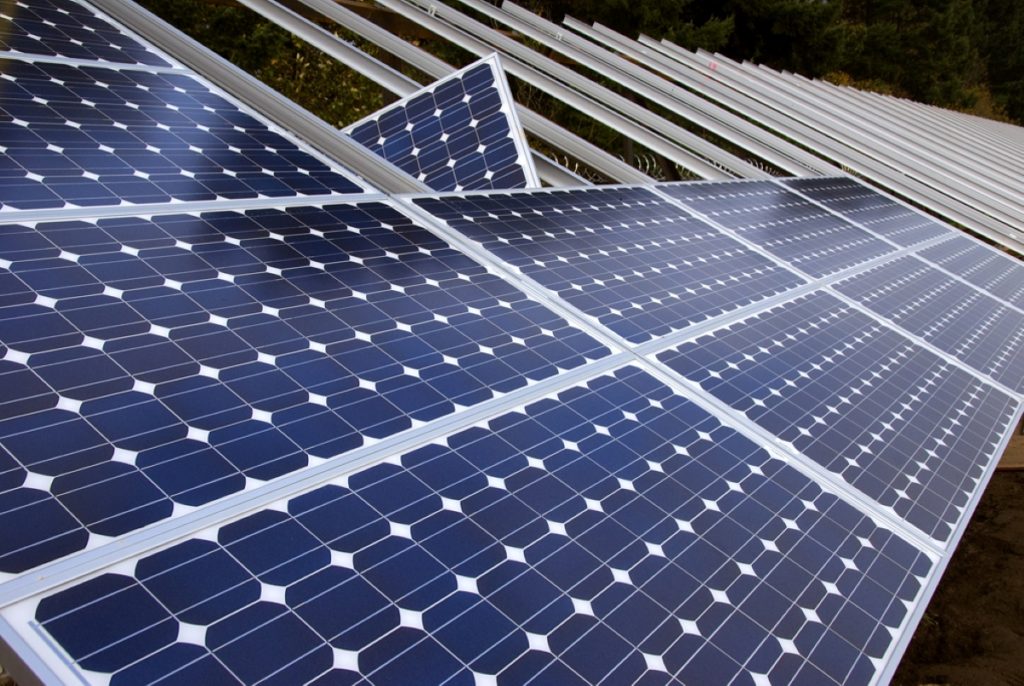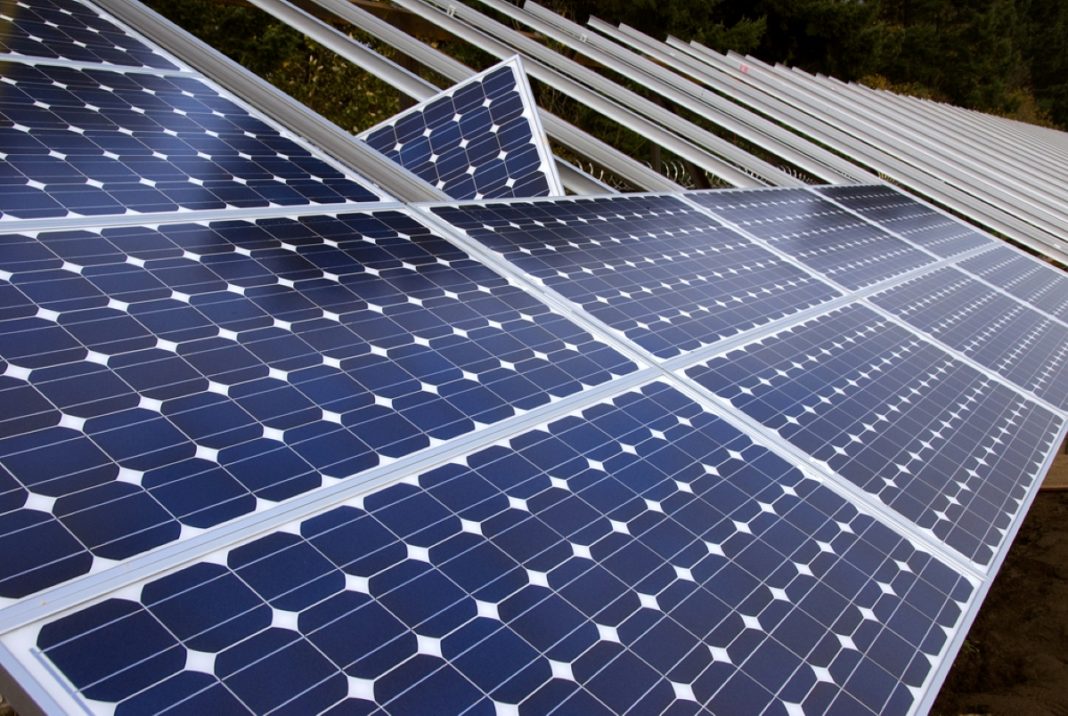In collaboration with Germany’s Fraunhofer Institute for Solar Energy Systems, the company says its solar panel achieved 25% conversion efficiency – the percentage of solar energy shining on a panel converted into electricity. That’s a big deal compared to the more typical 16-24% in commercial solar panels.

Oxford PV’s secret sauce is perovskite-on-silicon tandem solar cells, which could theoretically hit over 43% efficiency, leaving traditional silicon solar cells with a theoretical limit of less than 30% in the dust. Its record-setting panel cranked out 421 watts over an area of 1.68 square meters. The researchers used standard mass production gear and optimized it for the tandem technology.
Oxford PV, which has a production line near Berlin, used Fraunhofer’s multispectral solar simulator to verify its world record efficiency claim. It’s like re-creating natural sunlight in a lab to test the panel’s perovskite and silicon layers.
What’s more, Oxford PV has already hit a 28.6% efficiency record for its commercial-sized perovskite-on-silicon tandem solar cell and says it has a clear roadmap to take that technology beyond 30% efficiency.
Why’s this important? Solar power is the MVP of renewable energy, making up a massive chunk of new clean energy sources. By upping the efficiency game, Oxford PV’s solar panels have the potential to change the landscape with more power from the same space, which means cheaper electricity and a faster shift to clean energy.
According to the electrek















